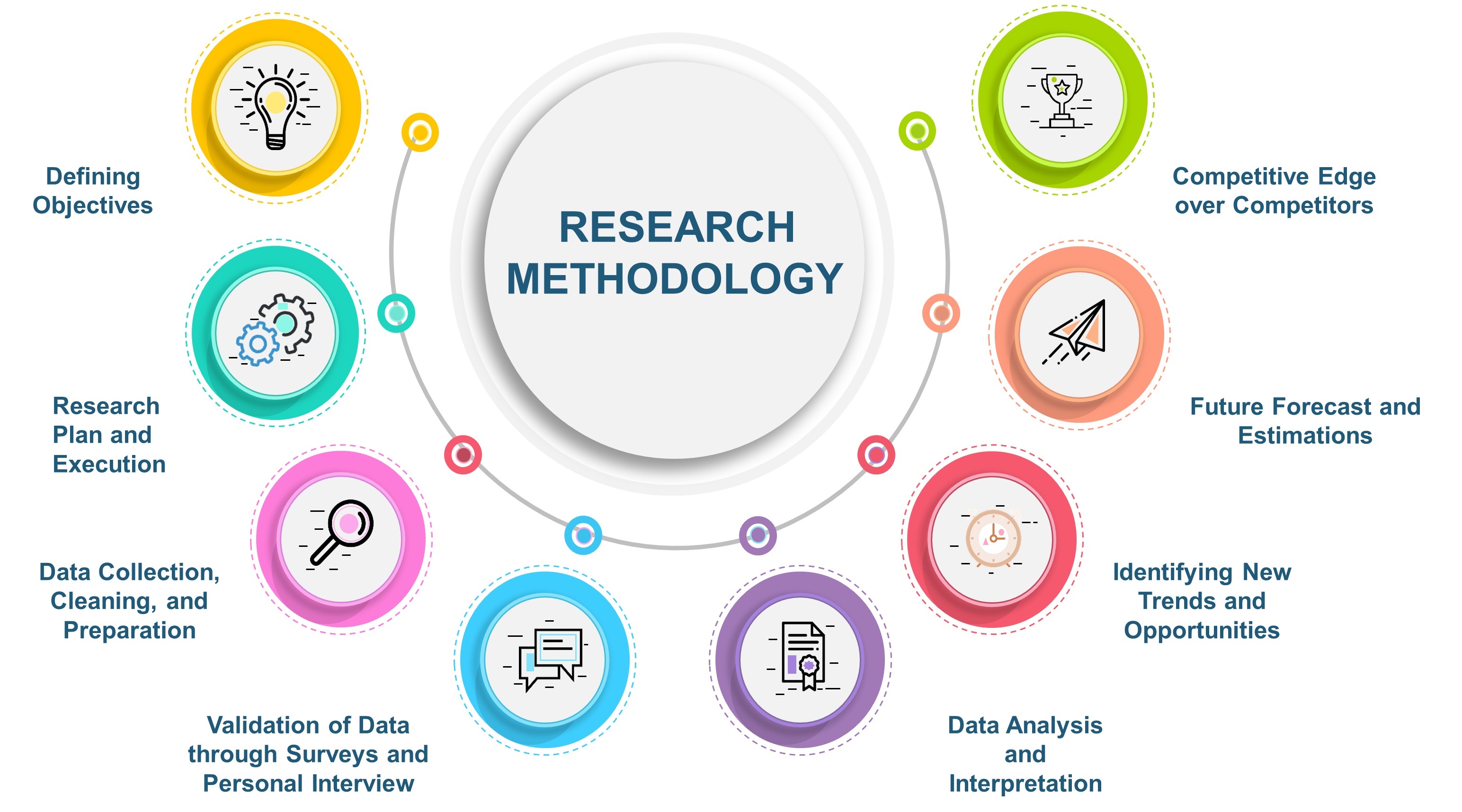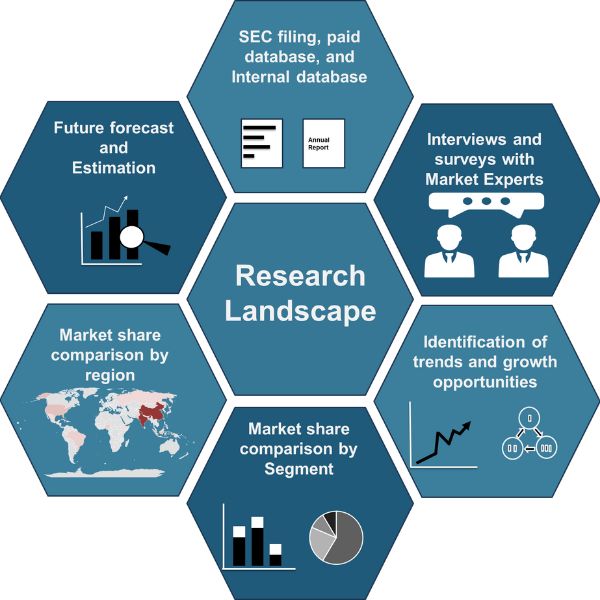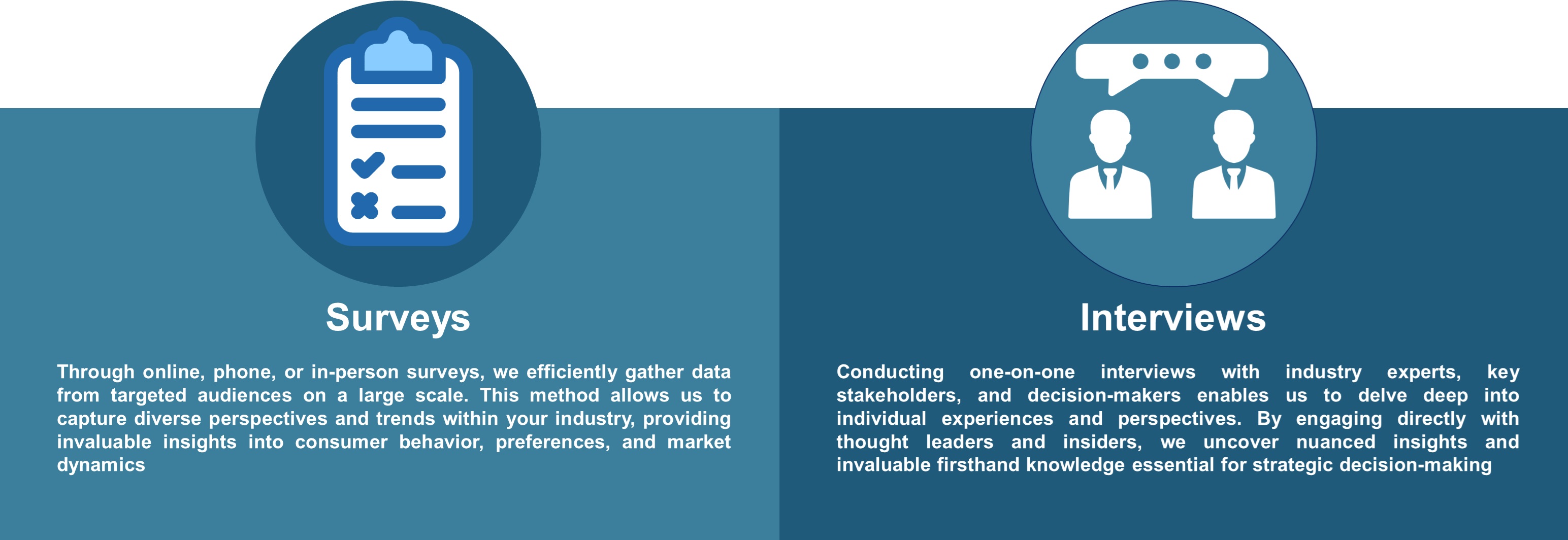
Canada Early Toxicity Testing Market by Technique (In Vivo, In Vitro and In Silico), by Toxicity Endpoint (Genotoxicity, Dermal Toxicity, Skin Toxicity, Ocular Toxicity, Phototoxicity, and Others), and by End-User (Pharmaceutical Industry, Cosmetic Industry, Chemical Industry, Food Industry, and Others) – Opportunity Analysis and Industry Forecast, 2025–2030
Industry: Healthcare | Publish Date: 02-Jun-2025 | No of Pages: 147 | No. of Tables: 112 | No. of Figures: 57 | Format: PDF | Report Code : HC729
Industry Overview
The Canada Early Toxicity Testing Market size was valued at USD 68.6 million in 2024, and is predicted to reach USD 123.7 million by 2030, at a CAGR of 10.3% from 2025 to 2030. The factors, such as a rise in pharmaceutical industries and increasing incidences of cancer in the country, accelerate the market growth.
However, strict regulations from authorities pose a significant challenge to the growth of the early toxicity testing sector. On the contrary, the advent of new technologies offers promising future opportunities for market growth by improving the accuracy and dependability of toxicity testing results, which is expected to enhance the market expansion in the forthcoming years.
Moreover, the key players such as Merck KGaA, Laboratory Corporation of America Holdings, Thermo Fisher Scientific, Charles River Laboratories International, Inc., Eurofins Scientific, and others are taking various initiatives such as product launches and collaboration across various countries and regions to maintain their competitive position in the market. These initiatives are expected to drive the adoption of the early toxicity testing market, enabling quicker identification of safety issues.
With advancements in 3D cell culture, the scope of clinical trial risks reduces, ensuring product safety and regulatory compliance while offering benefits such as reduced late-stage risks, cost reductions, and fewer ethical concerns due to non-animal testing methods, ultimately accelerating the market in Canada for further growth.
Rise in Pharmaceutical Industries in Canada Fuels the Market Growth
The rise in pharmaceutical industries in the country fuels the Canada early toxicity market growth. The development of any drug requires a sequence of rigorous safety assessments, and preclinical toxicity testing is a key component in this process. To meet regulatory standards and ensure the safety and efficacy of new medications, pharmaceutical companies are prioritizing advanced early-stage testing. As drug development activities continue to grow across Canada, the demand for early toxicity testing rises proportionally. This expansion drives the need for modern testing solutions, thereby boosting the industry as companies strive to meet both regulatory expectations and patient safety standards.
Increase in Cancer Incidence Cases in Canada Fuels the Market Expansion
The growing incidence of cancer contributes significantly to the Canada early toxicity testing market demand by increasing the need for safe and effective treatment solutions. As the number of cancer cases continues to rise, the focus on developing targeted therapies with reduced side effects becomes more urgent. Toxicity profiling plays a crucial role in evaluating these new therapies to ensure patient safety and regulatory compliance. With more drugs being developed to treat cancer, the need for reliable toxicity testing grows, thereby fueling the demand for early toxicity testing technologies across the country.
Strict Regulations from Authorities Limit the Market Growth
Strict regulatory standards act as a major restraint on the growth of the Canada early toxicity testing market expansion. Regulatory authorities such as the US Food and Drug Administration (FDA) and Health Canada enforce stringent testing protocols during drug development. These standards require detailed documentation, time-consuming procedures, and significant financial investment, which can be especially challenging for small and medium-sized enterprises. The complexity of regulatory compliance and the cost associated with meeting these requirements often discourage the adoption of advanced toxicity testing solutions, thereby limiting the growth of the market in the region.
Advent of New Technologies Creates Future Opportunities for the Market
The adoption of new technologies, such as 3D cell culture-based in vitro modeling, is expected to create promising opportunities for the Canada early toxicity testing market trends. These advanced models provide a more realistic representation of human tissue and organ systems, resulting in more accurate and reliable toxicity assessments. Unlike traditional 2D models that fail to reflect the complexity of biological systems, 3D cell cultures allow for better interaction between different cell types, improving the prediction of toxic effects and lowering the risk of failures in later stages of clinical trials. The integration of these innovative technologies is expected to enhance drug safety evaluations and contribute to the long-term expansion of the market.
Competitive Landscape
The promising players operating in the Canada early toxicity testing industry include Merck KGaA, Laboratory Corporation of America Holdings, Thermo Fisher Scientific, Charles River Laboratories International, Inc., Eurofins Scientific, PerkinElmer, Inc., Bio-Rad Laboratories, Inc., Agilent Technologies, Inc., Nucro-Technics, Molecular Devices, LLC, ITR Canada, C20/20 Innovation Hub, Dicentra, Dynacare, CannAmm, and others.
Canada Early Toxicity Testing Market Key Segments
By Technique
-
In Vivo
-
In Vitro
-
Cell Culture
-
PCR
-
ELISA
-
Western Blotting
-
Protein Binding Assays
-
-
In Silico
By Toxicity Endpoint
-
Genotoxicity
-
Dermal Toxicity
-
Skin Toxicity
-
Ocular Toxicity
-
Phototoxicity
-
Others
By End-User
-
Pharmaceutical Industry
-
Cosmetic Industry
-
Chemical Industry
-
Food Industry
-
Others
Key Players
-
Merck KGaA
-
Laboratory Corporation of America Holdings
-
Charles River Laboratories International, Inc.
-
Eurofins Scientific
-
PerkinElmer, Inc.
-
Agilent Technologies, Inc.
-
Nucro-Technics
-
Molecular Devices, LLC.
-
ITR Canada
-
C20/20 Innovation Hub
-
Dicentra
-
Dynacare
-
CannAmm
REPORT SCOPE AND SEGMENTATION:
|
Parameters |
Details |
|
Market Size Value in 2024 |
USD 68.6 million |
|
Revenue Forecast in 2030 |
USD 123.7 million |
|
Value Growth Rate |
CAGR of 10.3% from 2025 to 2030 |
|
Analysis Period |
2024–2030 |
|
Base Year Considered |
2024 |
|
Forecast Period |
2025–2030 |
|
Market Size Estimation |
Million (USD) |
|
Growth Factors |
|
|
Companies Profiled |
15 |
|
Market Share |
Available for 10 companies |
|
Customization Scope |
Free customization (equivalent up to 80 working hours of analysts) after purchase. Addition or alteration to country, regional, and segment scope. |
|
Pricing and Purchase Options |
Avail customized purchase options to meet your exact research needs. |




















 Speak to Our Analyst
Speak to Our Analyst

























